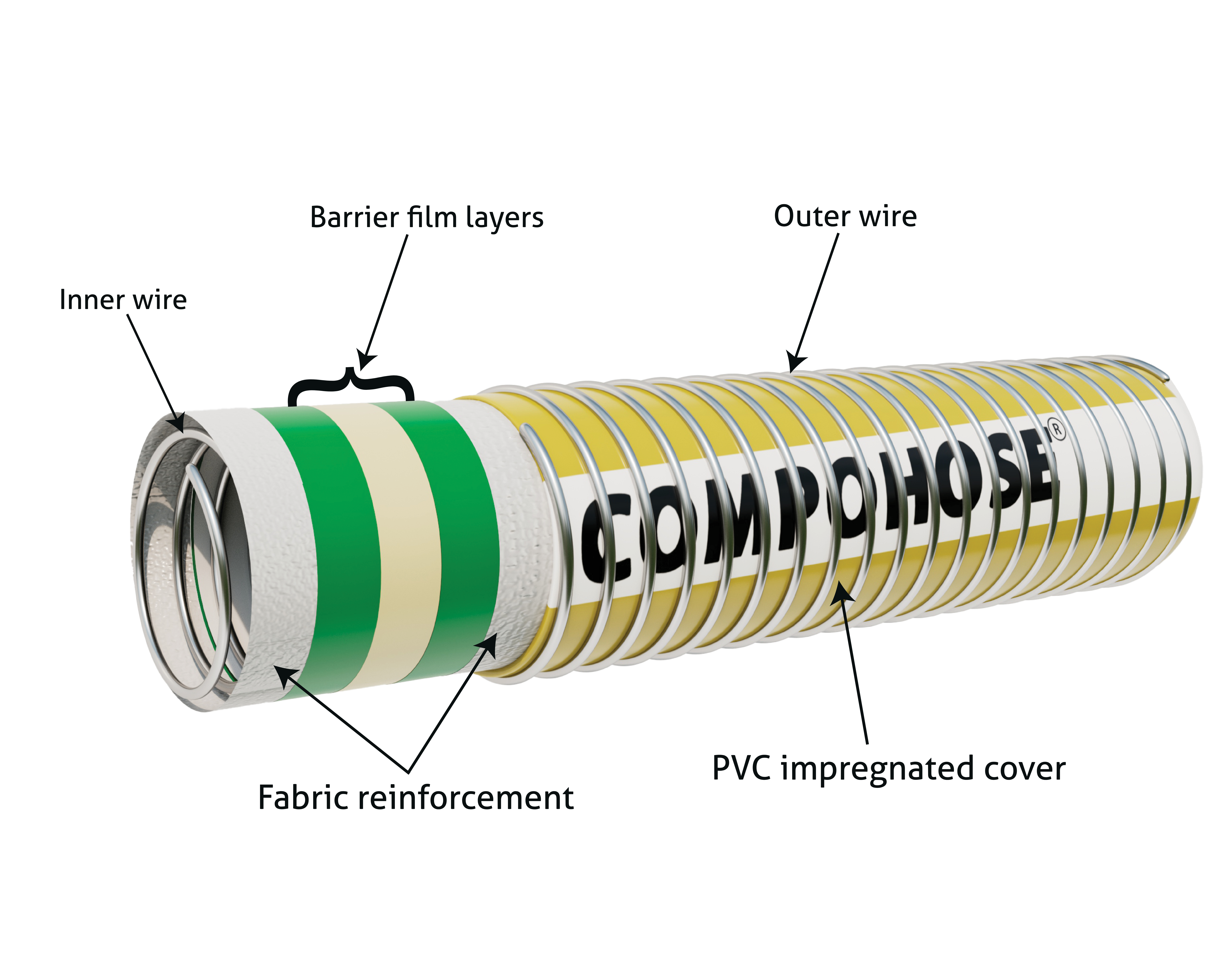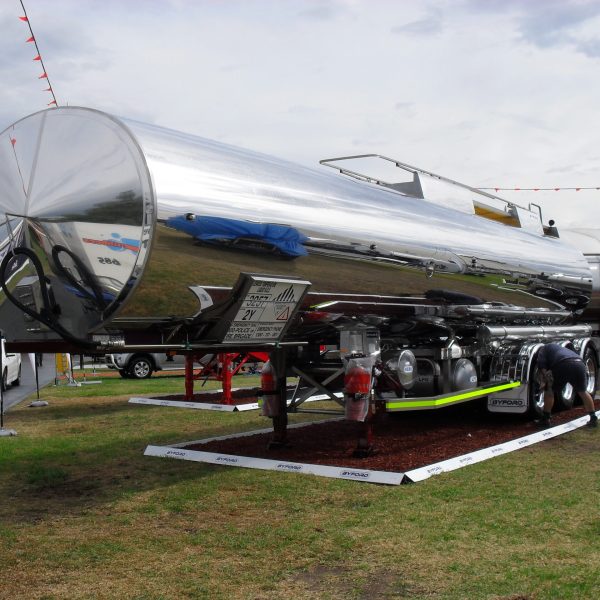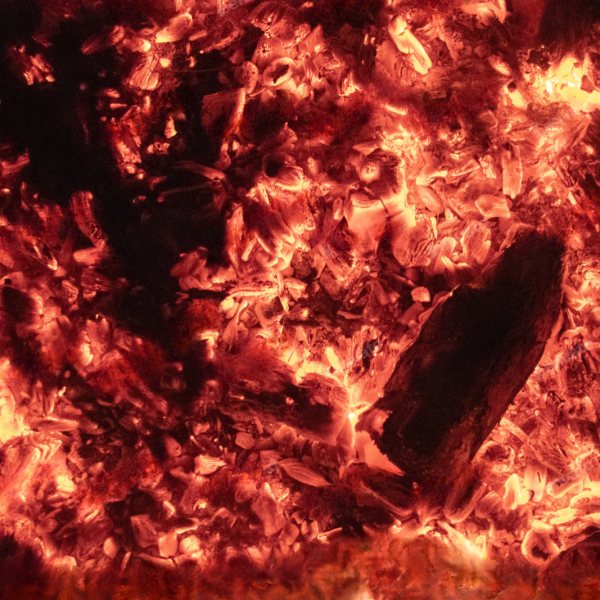High Temperature

High Temperature Composite Hoses are advanced and meticulously designed hoses crafted to excel in the face of exceptionally high-temperature environments. These hoses are purpose-built to endure and perform reliably under extreme heat conditions, rendering them ideal for the conveyance of hot fluids and gases. Notably, they find their utility in the transportation of substances like Tar and Bitumen, substances notorious for their high-temperature properties. Their construction involves a combination of innovative materials and engineering techniques that confer them the strength and durability required for such demanding applications. With an operational temperature range that extends up to an impressive +200° Celsius (+392° F) these hoses become indispensable components in scenarios where extreme heat endurance is imperative.
Compliance : High Temperature hoses are manufactured in accordance to EN 13765 / 2018 Type 4


Construction
- Hose Type - SFS, SFG
- Inner wire -Stainless Steel 304/304L & 316/ 316L
- Inner Lining Multiple layers of Polyamide Fabric / PTFE/ Fiberglass
- Outer wire -Galvanized Steel and also available in Stainless Steel 304/304L & 316/ 316L
- Cover -As per client requirements, externally crimped and swaged
Features
- Tough PVC outer cover resists dragging, wearing, abrasion, UV and ozone resistance ensures maximum durability and safety
- Light Weight & Highly Flexible
- Double end to end electrical continuity prevents static electricity build up and internal arcing.
- Suitable for 0.9 Bar Vacuum rating.
- Working Pressure: 14 Bar (200 PSI)
- Safety factor 4:1 as per EN 13765 / 2018 (can be achieved higher if required)
- Temperature Range for this hose is -30° C to +200° C (-22° F to +392° F) (However pressure rating will reduce by 50% when temperature exceed 100° C)
Applications
Bitumen Transportation: The heat resistance composite hoses are particularly well-suited for the transportation of bitumen. Bitumen, being a highly viscous and high-temperature material, requires hoses that can handle both the elevated temperature and the thick consistency. The hose’s ability to withstand temperatures up to +200 degrees Celsius makes it ideal for this purpose.
Hot Oil Transfer: Industries dealing with high-temperature oils, such as heat transfer fluids and industrial oils, can benefit from heat resistant composite hoses. These hoses can efficiently transfer hot oils without any degradation or failure due to the elevated temperatures involved.
Refineries: Refineries deal with various petroleum products and high-temperature fluids. Heat resistant hoses are essential for the smooth and safe transfer of these materials within the refinery operations, even under high temperatures.
Hot Tar and Asphalt Handling: In construction and road-building industries, hot tar and asphalt are frequently used. The ability of heat resistant composite hoses to handle such materials at elevated temperatures is valuable for efficient operations in these sectors.
Power Generation: Power plants often involve high-temperature processes. Heat resistant hoses can be employed for the transfer of hot water, steam, and other fluids used in power generation processes.
Specification Table:
| CODE | SIZE | MEAN OD | MAX W.P | MIN BURST | BEND RADIUS | WEIGHT (KG) | MAX LENGTH | |||||||
| NAME | MM | INCH | MM | BAR | PSI | BAR | PSI | MM | INCH | GG & SG | MT | FT | ||
| 06SG25 | 25 | 1” | 37 | 14 | 200 | 56 | 800 | 125 | 5 | 1.00 | 30 | 100 | ||
| 06SG38 | 38 | 1.5” | 50 | 14 | 200 | 56 | 800 | 150 | 6 | 1.35 | 30 | 100 | ||
| 06SG50 | 50 | 2” | 65 | 14 | 200 | 56 | 800 | 200 | 8 | 1.50 | 30 | 100 | ||
| 06SG65 | 65 | 2.5” | 76 | 14 | 200 | 56 | 800 | 200 | 8 | 1.70 | 30 | 100 | ||
| 06SG75 | 75 | 3” | 89 | 14 | 200 | 56 | 800 | 300 | 12 | 2.40 | 30 | 100 | ||
| 06SG100 | 100 | 4” | 119 | 14 | 200 | 56 | 800 | 400 | 16 | 3.70 | 30 | 100 | ||
| 06SG150 | 150 | 6” | 178 | 14 | 200 | 56 | 800 | 575 | 23 | 8.60 | 30 | 100 | ||
| 06SG200 | 200 | 8” | 231 | 14 | 200 | 56 | 800 | 800 | 32 | 14.60 | 30 | 100 | ||
*Higher burst pressure can be achieved on special request
Safety Standards
Rigorous Safety Testing
COMPOHOSE assemblies undergo comprehensive testing, conducted at 1.5 times the rated Working Pressure (W.P). This stringent testing adheres to the EN 13765 standard, ensuring a paramount level of safety and reliability.
Provision of Manufacturer's Test Certificate
With each supply of COMPOHOSE composite hose assemblies, a Manufacturer's Test Certificate is included. This certificate serves as a confirmation of the product's quality and compliance with safety standards, providing added assurance to users.
Clear Burst Pressure Specification
The burst pressure of the composite hose is explicitly indicated for ambient temperature conditions. This vital information enhances safety awareness and empowers users to operate within secure pressure limits.
Effective Electrical Continuity
The composite hose's electrical continuity is assured through the integration of two bonded wires connected to the end fitting. This innovative design promotes the dissipation of accumulated electrical charges, mitigating the risk of static flashes and associated hazards.



